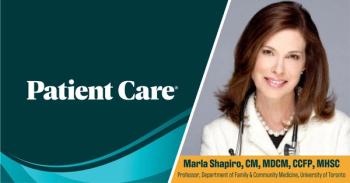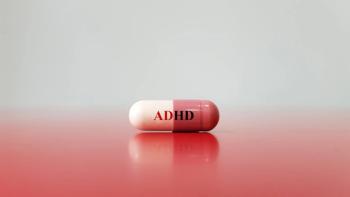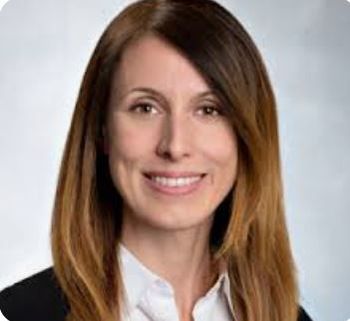
Medicare Part B Premiums Get 3.1% Boost for 2008
WASHINGTON -- Most Medicare patients will pay .90 more per month in Part B premiums next year -- to .40.
WASHINGTON, Oct. 3--Most Medicare patients will pay .90 more per month in Part B premiums next year -- to .40.
Medicare officials also announced that deductibles for hospital admissions and doctors' visits also will increase. (
A majority of patients could also face hikes of to in monthly premiums for Part D, the Medicare prescription drug program, unless they enroll in less expensive plans.
The Part B increase of 3.1% is the lowest since 1999-2000, but will provide only temporary relief for seniors. The smaller-than-usual hike is artificially low next year for two reasons.
First, the Centers for Medicare and Medicaid Services fixed an accounting error that otherwise would have added .50 to beneficiaries' monthly premiums.
More important, the new premium is based on the assumption that physicians will take a 10% cut in their Medicare reimbursement rates next year. Physician groups have bitterly complained and warned that patient access to care will be jeopardized. A May 2007 AMA survey of 8,955 physicians found that 77% say they'll limit the number of new Medicare patients -- and 68% will limit the number of their established Medicare patients - unless planned fee cuts are curtailed.
As it has for the past five years, Congress is expected to enact a last-minute rescue - typically just before the Christmas recess -- to overturn the cuts or allow a modest increase. The cost will be passed on to beneficiaries in subsequent years to reflect the additional expense.
For the long range, government costs for health care are expected to soar unless drastic reform is undertaken before the oldest of the baby boom generation enters the Medicare system in 2011. CMS projects that by 2016, national health care spending will be over .1 trillion, and Medicare's share of that will be 21%. (
Medicare officials said that the annual deductible for physician services will increase by to next year. The deductible for Medicare Part A, which covers inpatient hospital and hospice care as well as short stays in nursing homes, will increase from to ,024 next year.
2008 is the second year that about 5% of Medicare beneficiaries with higher incomes -- individuals earning above ,000 - will pay a means-tested premium surcharge. They will pay from .20 to .40 per month, depending on their income.
Medicare beneficiaries have typically paid 25% of their Part B premium cost, while federal taxpayers have covered the rest. By 2009, when means testing is fully phased in, affluent seniors will pick up 35% to 80% of their premium costs.
On the prescription drug benefit, HHS Secretary Mike Leavitt announced last week (
In every state, beneficiaries will have access to at least one drug plan with premiums of less than a month, and a choice of at least five plans with premiums of less than a month. The national average monthly premium for the basic Medicare drug benefit in 2008 is projected at , he said.
However, a study of Medicare data by Avalere Health, (
Many of the most popular plans will increase premiums to a month, Avalere found, and the government will have to reassign 1.6 million low-income beneficiaries to less-expensive plans.
The discrepancy between CMS's average premium of and Avalere's is that Avalere's analysis included plans that that offer more benefits, such as lower deductibles, than the standard plan, USA Today reported. Most enrollment is in the enhanced plans.
Still, the majority of beneficiaries could avoid any premium increase in 2008 by enrolling in a lower-cost stand-alone plan in their region, said a CMS spokesman. Plus, many beneficiaries have access to a Medicare Advantage plan with lower prescription drug premiums.
The average premiums are still far lower than projected when the drug benefit was approved in 2003, and beneficiaries are saving an average of ,200 a year on prescriptions, CMS said.
Newsletter
Enhance your clinical practice with the Patient Care newsletter, offering the latest evidence-based guidelines, diagnostic insights, and treatment strategies for primary care physicians.

































































































































































































































































































